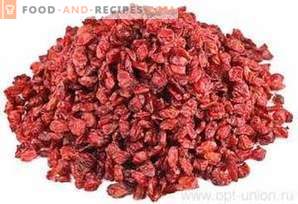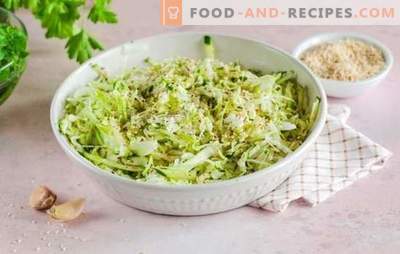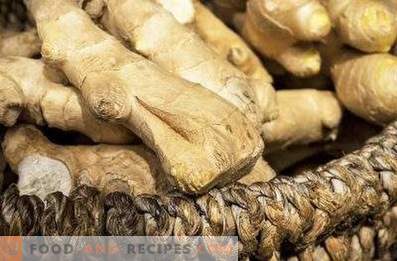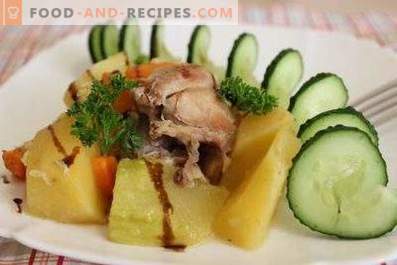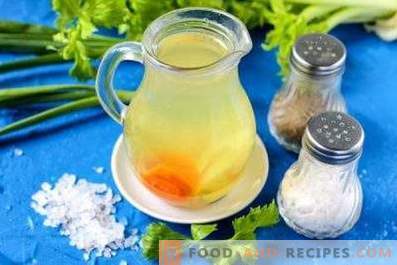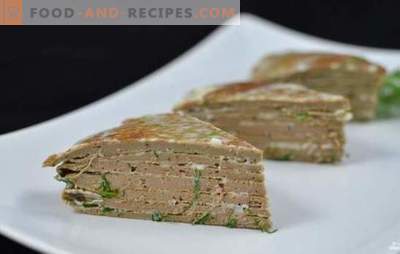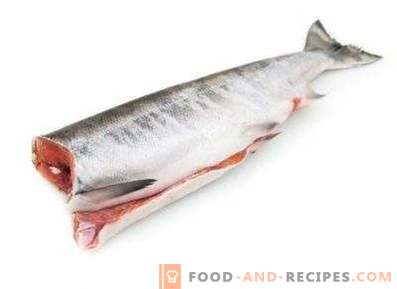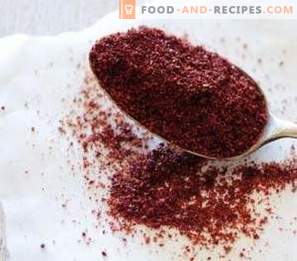
To make the dish more spicy, hostesses most often use the spices available in any region - dill, parsley, basil, garlic, pepper, paprika.
True, recently the list of spices has become much richer. Thanks to the media, as well as to the more accessible travels, we now know many spices that we have never heard of before. And now those seasonings, which were used only in a particular region, are found in the cuisines of other countries.
About sumach earlier, too, few have heard. And who nevertheless was familiar with this bush, considered that it is grown up as an ornamental plant.
Most often it occurs in the Caucasus, the Middle East and in the countries of Central Asia. Shrub all sprinkled with small sour ruby-colored berries covered with hairs.
As a seasoning, this plant has been known there for a long time, from the time when people had to somehow preserve food (mainly meat) from spoilage.
Indeed, in such a hot climate that exists in Iran, Azerbaijan, in the Caucasus, the natural preservation of meat was out of the question. It was then that people noticed the unusual property of sumac berries to preserve meat products. There is so much acid in these fruits that they can easily replace vinegar. When fresh, no one eats berries, as they are sour, tart and have little appetizing. But dried and ground, these red fruits, shaped like lentils, become an unusual seasoning that can improve more than one dish.
What dishes add sums
In many countries, meat is pickled with vinegar, lemon juice and other acidic liquids. But in the Caucasus, sumac is the first spice that is remembered when you need to marinate meat for barbecue or barbecue.
Especially good sumah ennobles lamb.
This spice is added to the stuffing for the manufacture of sausages, meatballs, lula kebab and other products from minced meat.
Sumy has no pronounced aroma, but its purple color makes the meat very appetizing, and the sour taste softens the meat fibers, making the meat soft and juicy.
Sumy is used as a seasoning for fish. To do this, it is added to the marinade or in the dish during its preparation.
Spice goes well with vegetables. Especially often it is used in dishes of beans, peas and lentils, as well as put in other vegetables that have a bland taste.
Sumy gives an unusual taste and onions, which are pre-cut into rings, and then sprinkled with this bright seasoning.
Sumac added to sauces made on the basis of fermented milk drinks. They are served with salads or served in a separate cup for meat dishes. Due to the neutral smell, sumah is appropriate in sweet pastries, with which it gives savory sourness.
This seasoning is added to sugary drinks, replacing it with citric acid and saturating them with a beautiful red color.
What spices do suma combined with?
Sumy well in harmony with almost any spicy plants.
It is combined with cinnamon, cloves, cardamom, and with basil, marjoram, coriander. In this case, they must take into account their own preferences. After all, how many people, so many tastes. If one person, for example, likes reddish meat with spicy notes, the other will prefer it to have a natural color and a natural smell.
Sumy well with sesame. Not without reason in Jordan a spicy mix of zakhtar is very popular, as a part of which there are these berries.
Helpful Information
- In addition to the taste qualities, sumac also has healing properties. The berries have malic, tartaric, citric, amber and ascorbic acid.
- Thanks to the tannins that are in the berries, this spice helps with indigestion.
- This seasoning also has an antiseptic effect, therefore products that have been added to soups do not spoil for a long time.
- The quality of the seasoning can be determined by the color intensity. The sumare brighter, the fresher the spice. The dull color of the spice indicates that it has already expired or was stored incorrectly.
- Store soups in a tightly closed container in a dark dry place. Shelf life should not exceed one year.
- Sumy is not recommended for people who have increased blood clotting, as well as for chronic diseases of the stomach.
- Sumy is added to food in small quantities, as the seasoning can make the dish very sour.
- Before putting sumac in food, it is necessary to take into account the fact that seasoning paints products in red. And if they want to keep the light color of the dish, then it is better not to use soums.
If she uses her first sumac for the first time, then she should first familiarize herself with it, try it in a dry form to imagine which dish she would like to add to it. And if this seasoning suits her taste, then you can safely experiment with additives.

